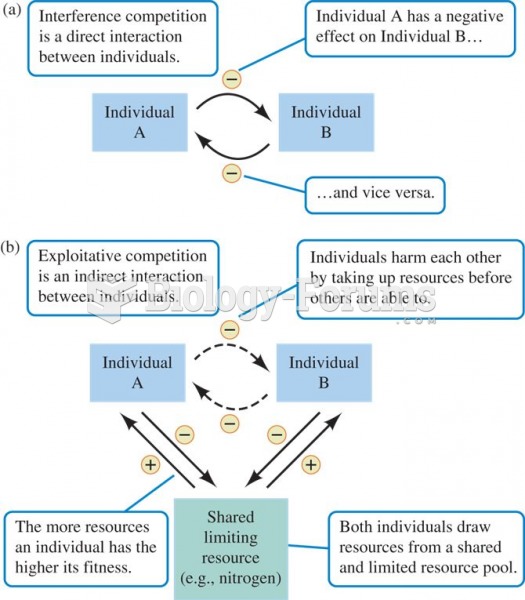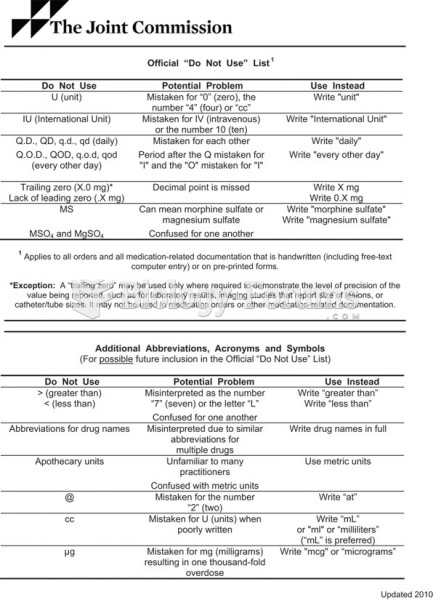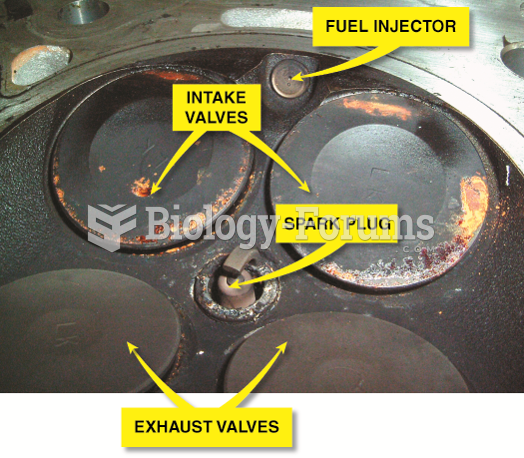Question 1
Why did the 1964 murders of CORE workers Andrew Goodman, James Earl Chaney, and Michael Schwerner in Mississippi and the FBI investigation that followed it anger many black Americans when their disappearances were first publicized?
A) They resented that most of the nation only seemed to care about violence in the Civil Rights
Movement if white activists disappeared or were killed.
B) They were angry that African American James Chaney had been brutally beaten before his
murder while the two white activists were not.
C) They knew that local sheriff Cecile Price had arranged these murders but had no proof to
substantiate their claims.
D) They considered Goodman and Schwerner to be outside agitators who made living in the
Deep South more dangerous for them.
Question 2
What is the most likely reason that the artist of this portrait depicted merchant Daniel Boardman as a country gentleman?
A) Merchants preferred to be shown in grand style, whether or not this was accurate.
B) Visual images in the portrait that represented his role as a merchant emphasized his success.
C) The life of a prosperous merchant was not perceived as being most compatible with
republican virtue.
D) By presenting himself as a simple working man, Boardman believed he would gain more
business from his customers.
Question 3
Although many city dwellers saw the introduction of the car as beneficial to urban areas, what unforeseen circumstances related to automobiles had negative impacts on cities?
A) expenses in building tunnels and bridges
B) asphalt-paved roads and an increase in gasoline prices
C) heavy traffic and hazardous exhaust fumes
D) high traffic fatalities and a decline in the building trades industry
Question 4
How did Lincoln respond to the Wade-Davis Bill?
A) He signed it into law.
B) He issued a direct veto of the bill.
C) He quietly pocket vetoed the bill.
D) He sent it back to Congress so that it could be rewritten in stricter terms.







